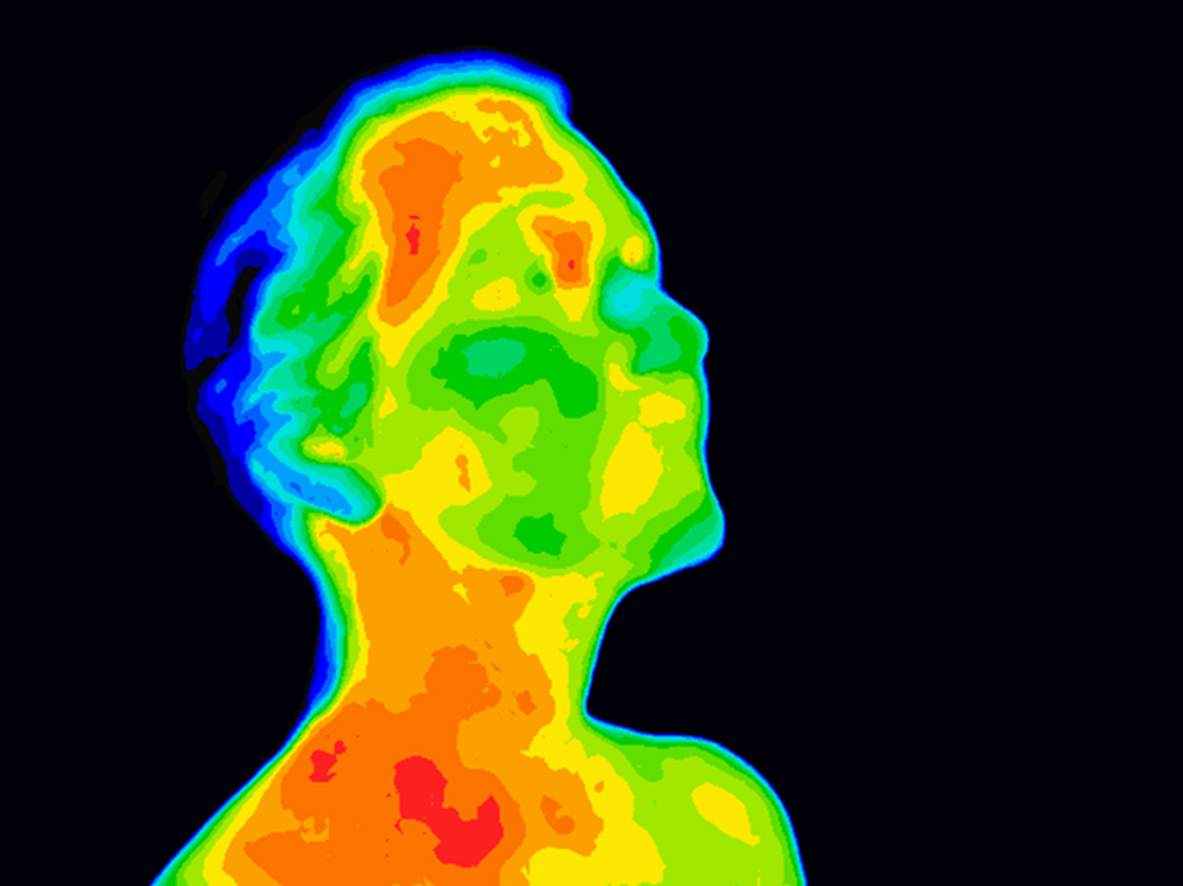
Researchers from Intel have published a study examining whether AI can recognise people’s faces using thermal imaging.
Thermal imaging is often used to protect privacy because it obscures personally identifying details such as eye colour. In some places, like medical facilities, it’s often compulsory to use images which obscure such details.
AI is opening up many new possibilities so Intel’s researchers set out to determine whether thermal imaging still offers a high degree of privacy.
Intel’s team used two sets of data sets:
- The first set, known as SC3000-DB, was created using a Flir ThermaCam SC3000 infrared camera. The data set features 766 images of 40 volunteers (21 women and 19 men) who each sat in front of a camera for two minutes.
- The second set, known as IRIS, was created by the Visual Computing and Image Processing Lab at Oklahoma State University. It features 4,190 images collected by 30 people and differs from the first set in that it contains various head angles and expressions.
Each image from the data sets were first cropped to only contain each person’s face.
A machine learning model then sought to numerically label facial features from the images as vectors. Another model, trained on VGGFace2 – a model trained on visible light images – was used to validate whether it could be applied to thermal images.
Here’s the full results for each data set:

The model trained on visible image data performed well in distinguishing among volunteers by extracting their facial features. 99.5 percent accuracy was observed for the SC3000-DB data set and 82.14 percent for IRIS.
Intel’s research shows that thermal imaging may not offer the privacy that many currently believe it to and it’s already possible to distinguish people using it.
“Many promising visual-processing applications, such as non-contact vital signs estimation and smart home monitoring, can involve private and or sensitive data, such as biometric information about a person’s health,” wrote the researchers.
“Thermal imaging, which can provide useful data while also concealing individual identities, is therefore used for many applications.”
You can find Intel’s full research here.

Interested in hearing industry leaders discuss subjects like this? Attend the co-located 5G Expo, IoT Tech Expo, Blockchain Expo, AI & Big Data Expo, and Cyber Security & Cloud Expo World Series with upcoming events in Silicon Valley, London, and Amsterdam.









